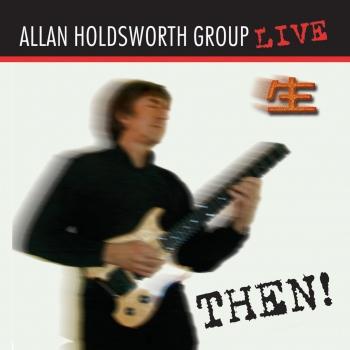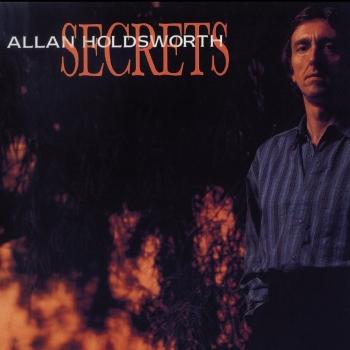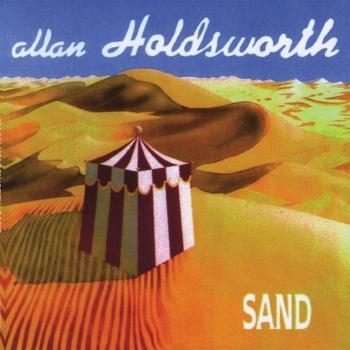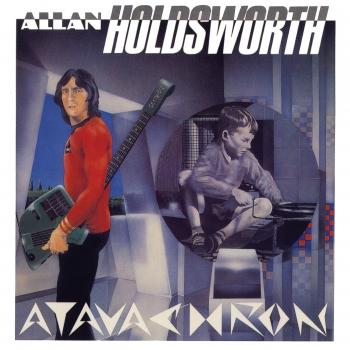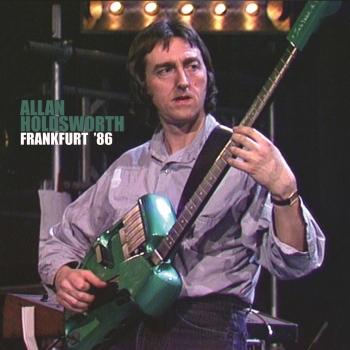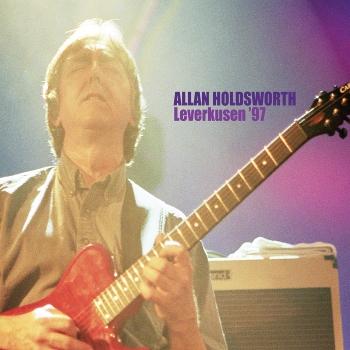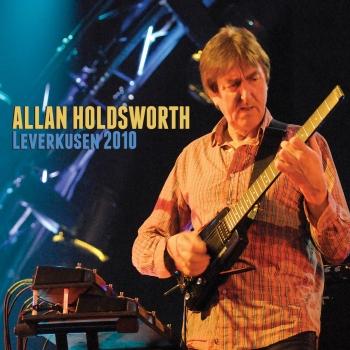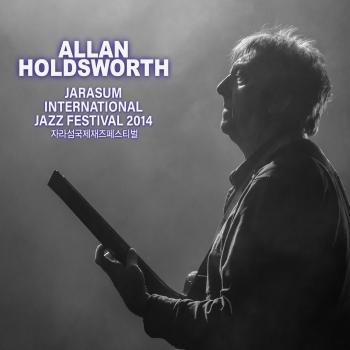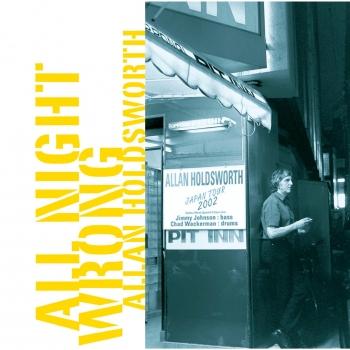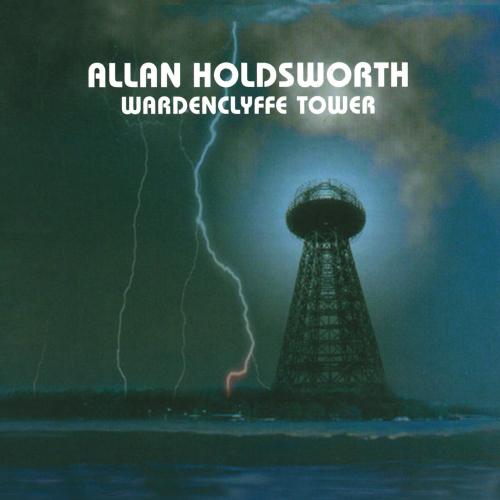
Wardenclyffe Tower (Remastered) Allan Holdsworth
Album Info
Album Veröffentlichung:
1992
HRA-Veröffentlichung:
02.08.2018
Das Album enthält Albumcover
- 1 5 to 10 (Remastered) 05:36
- 2 Sphere of Innocence (Remastered) 05:58
- 3 Wardenclyffe Tower (Remastered) 08:44
- 4 Dodgy Boat (Remastered) 05:37
- 5 Zarabeth (Remastered) 06:31
- 6 Against the Clock (Remastered) 04:58
- 7 Questions (Remastered) 04:04
- 8 Oneiric Moor (Remastered) 01:42
- 9 Tokyo Dream (Bonus Track) (Remastered) 05:05
- 10 The Un-Merry Go Round (Part 4) [Bonus Track] (Remastered) 03:01
- 11 The Un-Merry Go Round (Part 5) [Bonus Track] (Remastered) 01:58
Info zu Wardenclyffe Tower (Remastered)
"Wardenclyffe Tower" opened a stunning new chapter in guitarist Allan Holdsworth's solo career that blossomed during the '80s. As a producer and composer, he explored an expanding galaxy of guitar-controlled synths blended with his famed legato-lead stylings and an ever evolving array of chordal colorings. "Wardenclyffe Tower" is stocked with further electric guitar innovations, including two tracks featuring Holdsworth's family of mutant, baritone guitars, which he affectionately describes as "exceedingly large and long, with manly tones." "Wardenclyffe Tower", like "Secrets", features contributions from world-class musical collaborators, including long-time bandmates like drummer Chad Wackerman (Frank Zappa, Andy Summers, Men At Work) bassist Jimmy Johnson (Flimm and the BBs, Dory Cayimi, etc.) drummer/keyboardist Gary Husband (Level 42), and keyboardist Steve Hunt (Stanley Clarke). Drummer Vinnie Colaiuta (Sting, Tom Scott, etc.) also contributes a whirlwind solo performance on the album's one vocal track, featuring vocalist Naomi Star. The sum of Holdsworth's production realizes an enchanting rhythmic and harmonic chemistry - or alchemy - potent with unexpected melodic twists and turns. The spontaneous, fiery dialogue of group live performance is framed in Holdsworth's meticulous, state-of-the-art production techniques.
This 1992 release features Holdsworth in conversation with usual compatriots Jimmy Johnson, Chad Wackerman, and Gary Husband. Keyboards are provided not only by Steve Hunt, but also by both Wackerman and Husband. Husband in particular demonstrates that his facility on the keyboards is equal to his skill on the drums. Despite the all-star cast of characters, there are certain peculiarities to Wardenclyffe Tower that prevent it from being numbered among Holdsworth's best work. One very obvious oddity is the strange and ill-advised ending to the opener, "5 to 10," which concludes with a toilet flushing and an annoying voice-over. Mistakes in judgment aside, there is something formless about this album, something that blurs the tracks together in a meaningless way. Holdsworth has always been more of a distinctive than a strong composer, and the batch of tunes that he contributes here is not very compelling. The title track, with its power-chord verse, and his collaboration with singer Naomi Star, "Against the Clock," are his strongest moments. The presence of Hunt's "Dodgy Boat" helps but it is not enough to elevate this album to the level of Holdsworth's past successes. This is not to say that there is not meaningful music on Wardenclyffe Tower, because there is. "Against the Clock," which features not only Star's voice but also the drums of Vinnie Colaiuta, is one such success. Holdsworth makes use of the SynthAxe guitar synthesizer on several tracks on Wardenclyffe Tower, the most effective use of which is here, where his solo emerges from empty space in a constantly accelerating fashion, like a boulder rolling down a hill (although Holdsworth's ascending line sets forth the impossible scenario of falling upwards). All in all, however, there is a lack of dynamic movement in the soloists and the compositions in general. Of value to Holdsworth completists, but not of much interest to casual fans.
Allan Holdsworth, guitar, SynthAxe (on tracks 1, 3, 6)
Joel Schnebelt, spoken vocals (on track 1)
Naomi Star, vocals (on track 6)
Steve Hunt, keyboards (on tracks 1, 2, 4, 5)
Jimmy Johnson, bass
Gary Husband, drums (on tracks 2, 4), keyboards (on track 3)
Chad Wackerman, drums (on tracks 1, 3, 5, 7), keyboards (on track7)
Vinnie Colaiuta, drums (6)
Digitally remastered
Please Note: We offer this album in its native sampling rate of 48 kHz, 24-bit. The provided 96 kHz version was up-sampled and offers no audible value!
Allan Holdsworth
is well known to contemporary musicians as an uncompromising virtuoso who redefined and re-invented the voice and scope of the electric guitar. To the mainstream of rock and jazz audiences, he remains a little known, unsung hero. To the initiated, Holdsworth looms as both musical legend and commercial enigma. In the early 70s, he began as a sideman to the protean forces who merged rock's electric instrumentation and driving pulse with the improvisational mastery associated with jazz. Holdsworth provided the searing, flamboyant edge that galvanized that era's most celebrated recordings by the likes of Soft Machine, Tony William's New Lifetime, and Jean-Luc Ponty. The sounds of Django Reinhardt, Charlie Christian, and later John Coltrane were among the primary inspirations that led Holdsworth away from his passion of bicycle racing, and into dance hall gigs, playing the Mecca circuit in Northern England. Born in Bradford, in 1946, Holdsworth had been tutored in many aspects of musical theory and jazz appreciation by his father, Sam, an accomplished amateur musician.
With the 1990 release of Secrets Holdsworth further revealed his rich musical vision, where contemporary forms of music are crafted in an improvisational context in defiance of conventional boundaries - a full range of emotions and textures. The Wardenclyffe Tower opens a stunning new chapter in a solo career that blossomed during the 80s. As a producer and composer, he continues to explore and expanding galaxy of guitar synths with a balance of his famed legato-lead stylings and an ever evolving array of chordal colorings. This 1992 album is stocked with further electric guitar innovations, including two tracks featuring his newly designed family of mutant, baritone guitars. Wardenclyffe Tower, like Secrets features contributions from world-class musical collaborators, including long-time bandmates like drummer Chad Wackerman bassist Jimmy Johnson drummer/keyboardist Gary Husband and keyboardist Steve Hunt and drummer Vinnie Colaiuta. The sum of Holdsworth's production realizes an enchanting rhythmic and harmonic chemistry - or alchemy - potent with unexpected melodic twists and turns. The spontaneous, fiery dialogue of group live performance is framed in Holdsworth's meticulous, state-of-the-art production techniques. The Wardenclyffe Tower, Holdsworth's seventh solo project, was dedicated to the technological visionary and great inventor, Nikola Tesla; its title is taken from one of Tesla's greatest dreams.
Many rock fans first became aware of Holdsworth's inventiveness when his musical presence dominated two of the definitive "progressive rock" albums of the late 70's, U.K., and Bill Bruford's One of A Kind. The successful 1978 debut release by U.K. was a band originally slated to be a reunion of King Crimson until Robert Fripp backed out of the project - Bruford suggested the remaining trio try working with Holdsworth - known then as a promising English "jazz/rock" guitarist due to his work with Tony Williams, Gong, and Jean-Luc Ponty. The personal chemistry of U.K. soon proved too volatile to contain four musical leaders in one group setting. Holdsworth and Bruford left the band, and continued their earlier, more jazz oriented venture in Bruford, but Holdsworth still felt trapped in the confines of slick studio mega-productions. He longed for a more immediate, live-oriented recording method, and the less rigid ensemble dynamics he found so vital during his work with Tony Williams. Like few guitarists before him, Holdsworth realized a style, tone, and technique in a league of its own - one he still strives to perfect. Many musicians who heard him never again looked at the guitar in quite the same way. In the 80s, growing recognition followed a series of successful solo recordings and extensive U.S. touring. An increasingly supportive international audience embraced Holdsworth in Japan, and more recently in Europe and Australia. He received a Grammy nomination in 1984, and later won five consecutive awards from Guitar Player Magazine's readers' Poll as "Best Guitar Synthesist", which inducted him into the Guitar Player Hall of Fame. His fascination with the innovative guitar-like synty controller, the Synthaxe, began during the mid-80's, and soon found him eventually attaching a breath controller to it - perhaps continuing a subconscious pursuit of the instrument he was first attracted to - the saxophone.
Today Holdsworth is widely revered as a virtuoso stylist - and perhaps the world's pre-eminent guitar synthesist. As for the legacy of his accelerated, legato lead guitar phrasing, Guitar Player's editor, Tom Mulhern credited him as that rare sort of guitarist who "originated his own school" of guitar playing. By 1979, Holdsworth found his London-based career at a standstill. Just as rock's new wave found its way to the pop forefront by the onset of the 80s, Holdsworth left Bruford, and immediately found difficulty in launching a new rock project with friend rock legends Jack Bruce and John Hiseman. Bruce would later appear as a guest on Holdsworth's 1984 solo release Road Games (Warner Bros.), along with Bruford alumnus Jeff Berlin & drummer Chad Wackerman. Holdsworth began his solo career after meeting Gary Husband - a brilliant musician, and eventually produced his first "official" solo project, I.O.U., with Gary Husband and Paul Carmichael. It was recorded in 1979 (re-released on Restless), and independently released two years later in the U.S.
Having nearly given up on music, friends prompted him to move to Southern California where an eager and devoted core following awaited him. Eddie Van Halen, who had met Holdsworth when U.K. opened for Van Halen during a 1978 U.S. tour, helped secure a contract with Warner Bros., but the relationship with Warner Bros. soured when record company executives dabbled with creative control during the Road Games sessions. He soon struck up a partnership with the fledging label Enigma (later bought out by Capitol), which later became his current label, Restless. His production work became more refined, and he broadened a roster of guest vocalist appearances through the course of Metal Fatigue, Atavachron, Sand, Secrets, Wardenclyffe Tower, Hard Hat Area, None Too Soon and the new release The 16 Men of Tain.
Allan Holdsworth continues to tour in Japan, Europe, and the U.S. A review by L.A. Times jazz critic Don Heckman raved about Holdsworth's new touring band, saying that Holdsworth was "an unlikely guitar hero whose phrasing has much in common with the expressions of saxophonist John Coltrane". Holdsworth still pursues a daily passion as an avid cyclist (when touring and recording permit) and currently resides in North San Diego County. Like a true Englishman, he relishes sampling and serving fine ales of the world during the brief respites from his music.
Dieses Album enthält kein Booklet










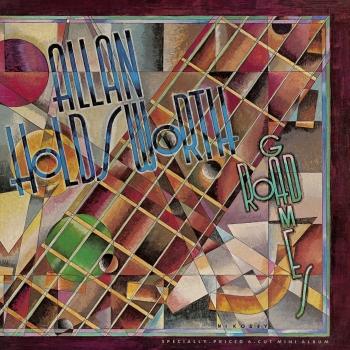
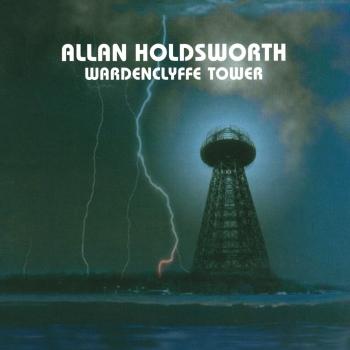
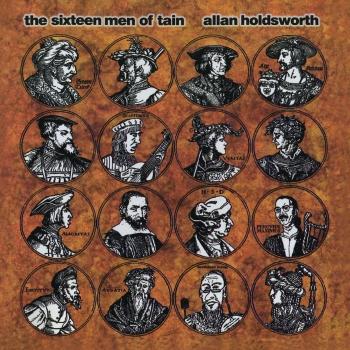
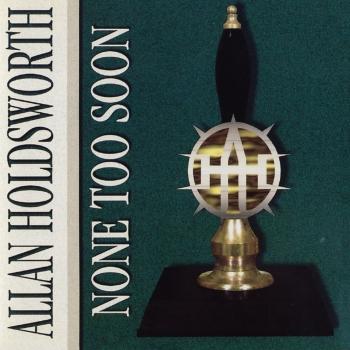
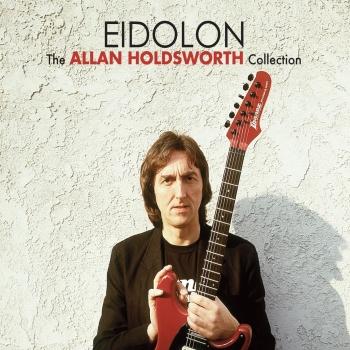
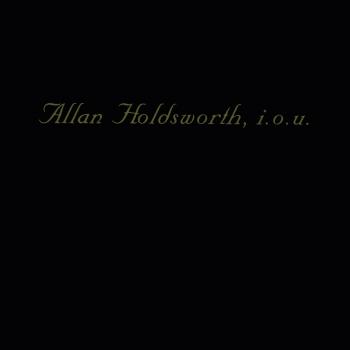
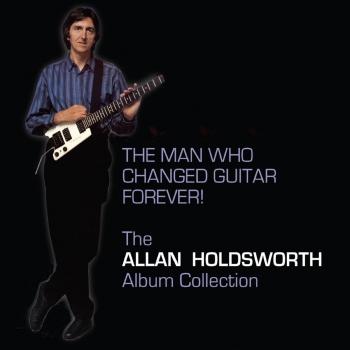
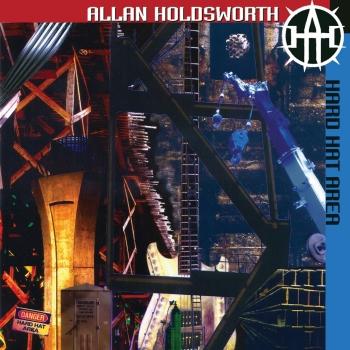
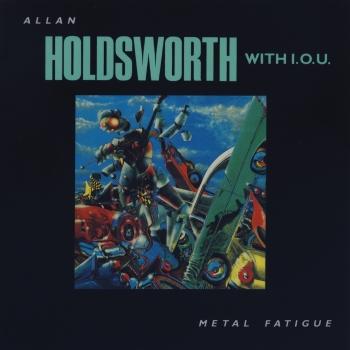
![Cover Flat Tire (Music for a Non-Existing Movie) [Remastered]](https://storage.highresaudio.com/web/imgcache/e074891ffae7bbfe26f88fdaac70941b/qvr7bq-flattiremu-master_350x350.jpg)
